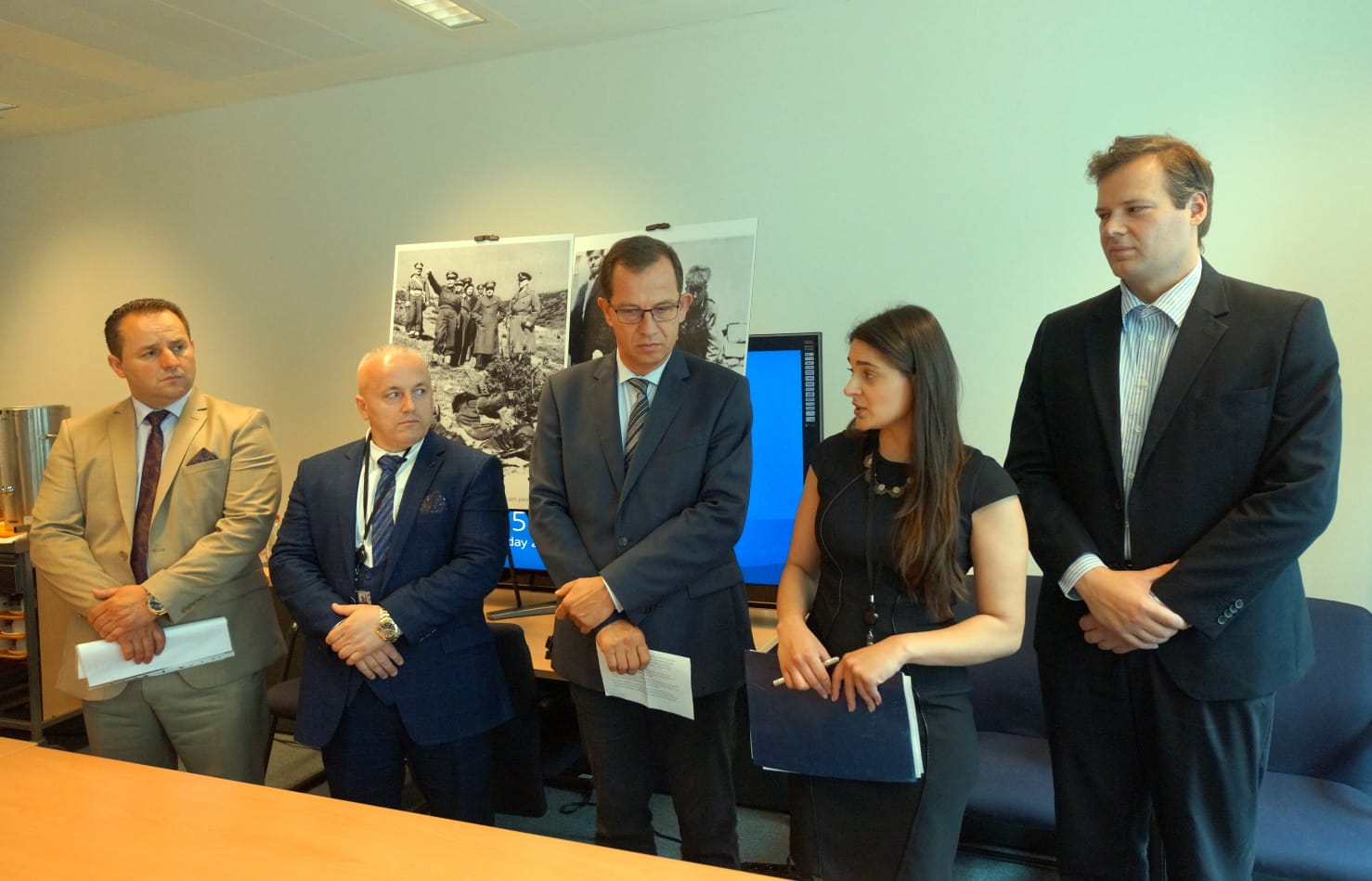On 26 June 2019, a conference in the European Parliament addressed the 1944 expulsion of the Cham from Chameria. Various speeches and a photo exhibition of pictures taken during the time of the expulsion of the Cham provided an insight into the main driver of the Cham community for greater recognition and historical justice.
Each year on the 27th of June the expulsion and killings are commemorated widely among the Cham and Albanian communities. In 1994, fifty years after the atrocities took place, the government of Albania erected a memorial in the city of Konispol to commemorate those who were killed or expelled. The year 2019 is the 75th year of the expulsion of the Cham from Chameria and thereby carries additional weight since there are few survivors who can still retell the tales of suffering and hardship.
The various speakers at the conference included MEP Csaba Sógor (EPP), Ms. Lucia Parucci (UNPO), President Festim Lato and Ali Aliu from the Democratic Foundation of Chameria and Mr. Jeroen Zandberg. They explained their involvement with the Cham issue and their activities that hopefully will bring historical justice to the Cham within the lifetime of those who still remember the expulsion of 1944.
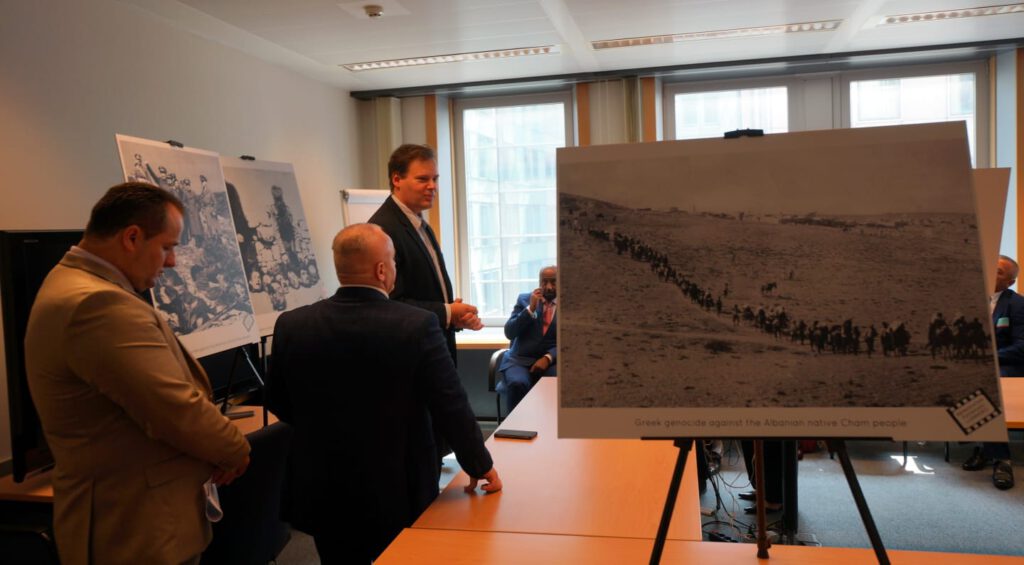
The photo exhibition stood at the heart of the conference and the photographer who compiled the pictures placed the individual photos into the broader context of the expulsion and killing of a People. He explained the chilling history behind each picture. The visual depiction together with the horrifying stories proved a fruitful combination to bring the message home that the Cham have been the victims of great crimes and deserve historical justice. The fact that this conference was possible in the European Parliament brings hope that the European drivers for greater democracy, human rights and self-determination will bring justice to the region and a solution of the Cham issue.
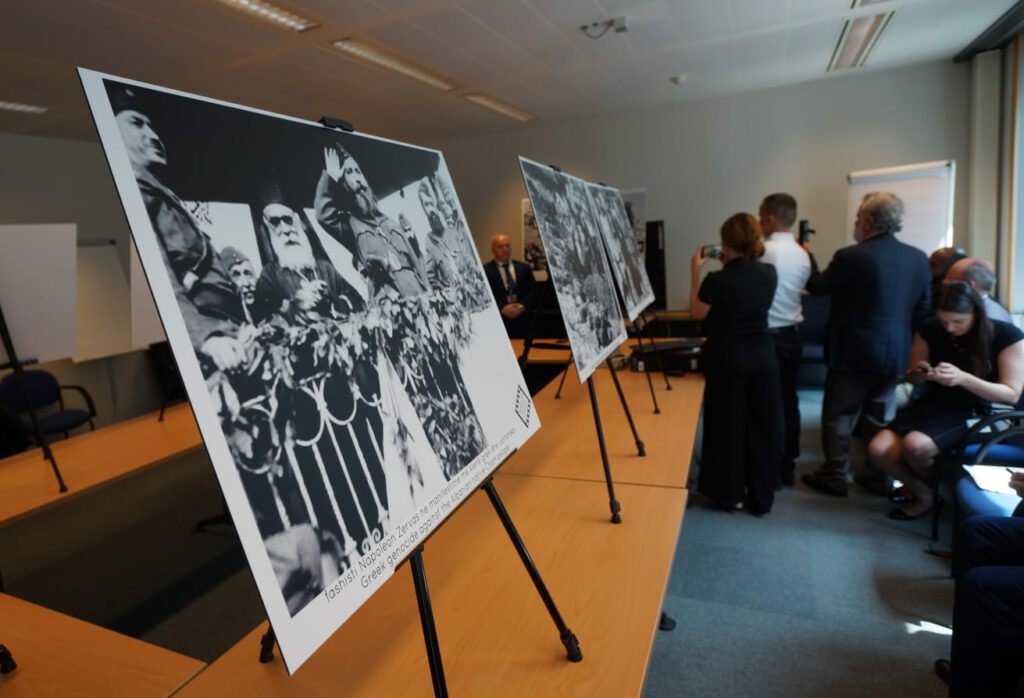
Chameria has been the home of the Cham people for many centuries. It was conquered and subsequently ruled by the Ottoman Empire from the 1300s until its defeat in the First Balkan war in 1912. For most of that time the Cham people held on to their unique identity and had a degree of self-governance within the Empire as part of the Janina Villajet. During the meeting on 10 June 1878 the Albanian leaders established the League for the Defense of the Rights of the Albanian Nation (the League of Prizren) and proposed the creation of an Albanian State that would encompass all of the Albanian speaking peoples, including the Cham, into one political unit. However, this proposal did not lead to a new political reality and the oppression of the Albanian people continued until the end of the First Balkan war. On 28 November 1912, the independent State of Albania was proclaimed and the international community demarcated its borders as they still continue to exist today. However, many areas with a predominantly Albanian population were left outside its borders; Kosova was incorporated into Serbia and Chameria came under Greek control.
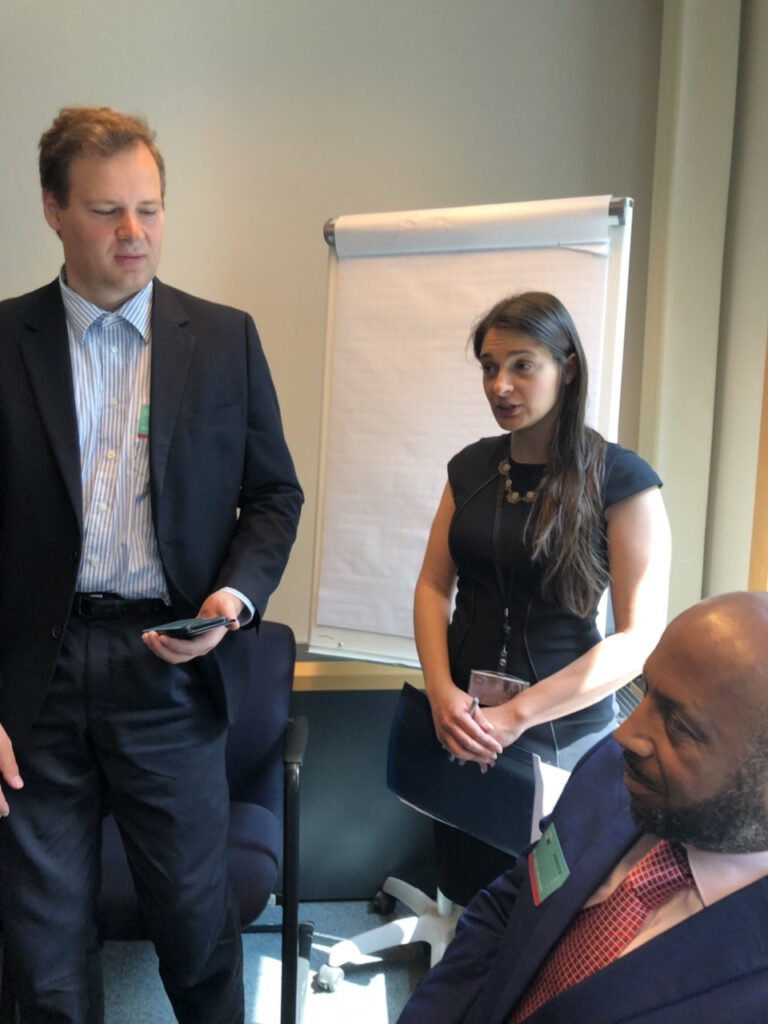
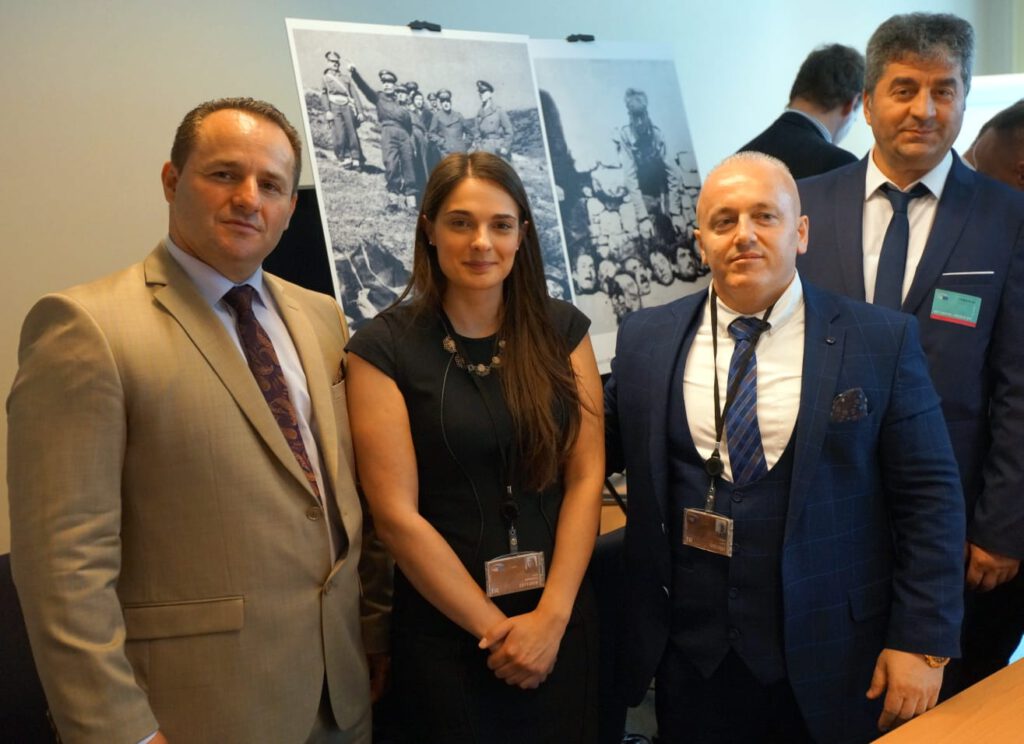
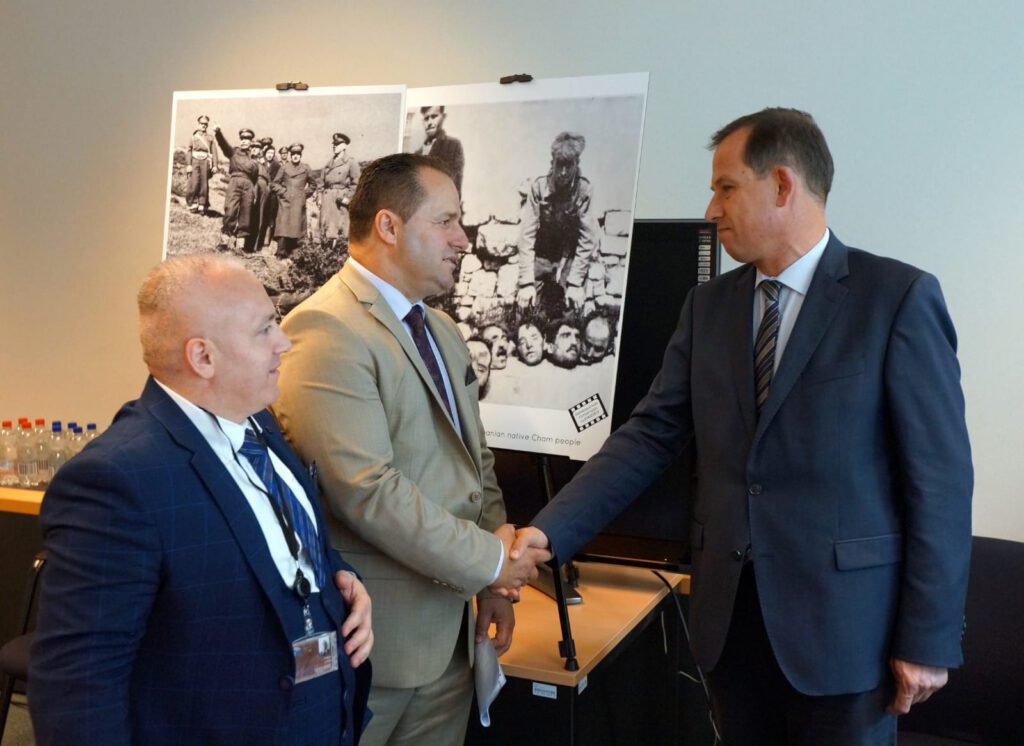
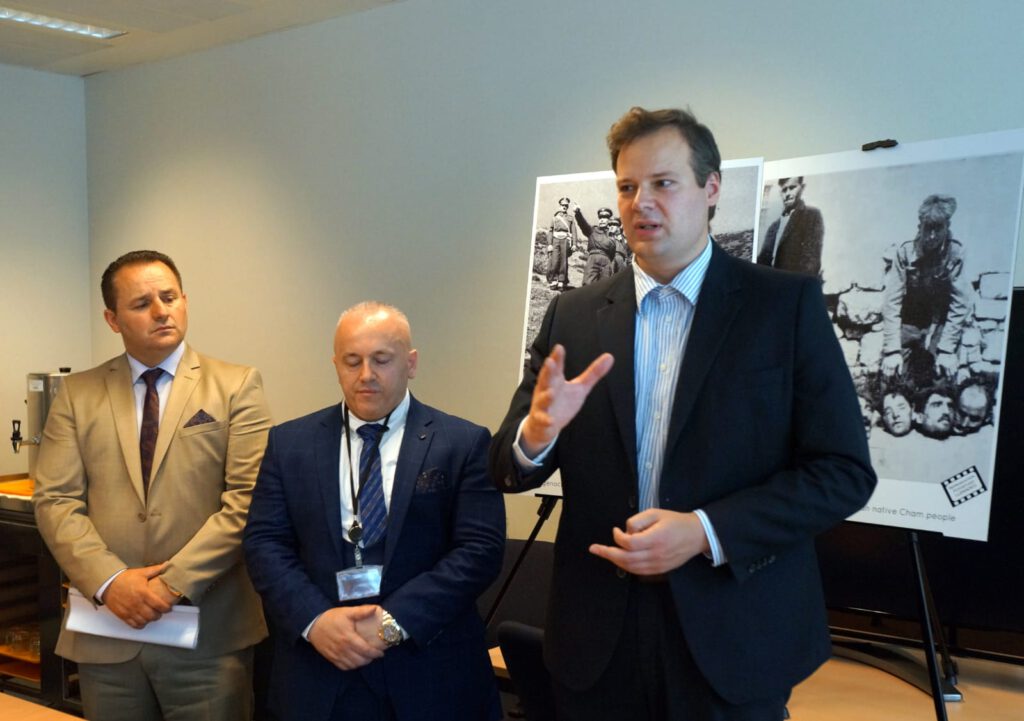
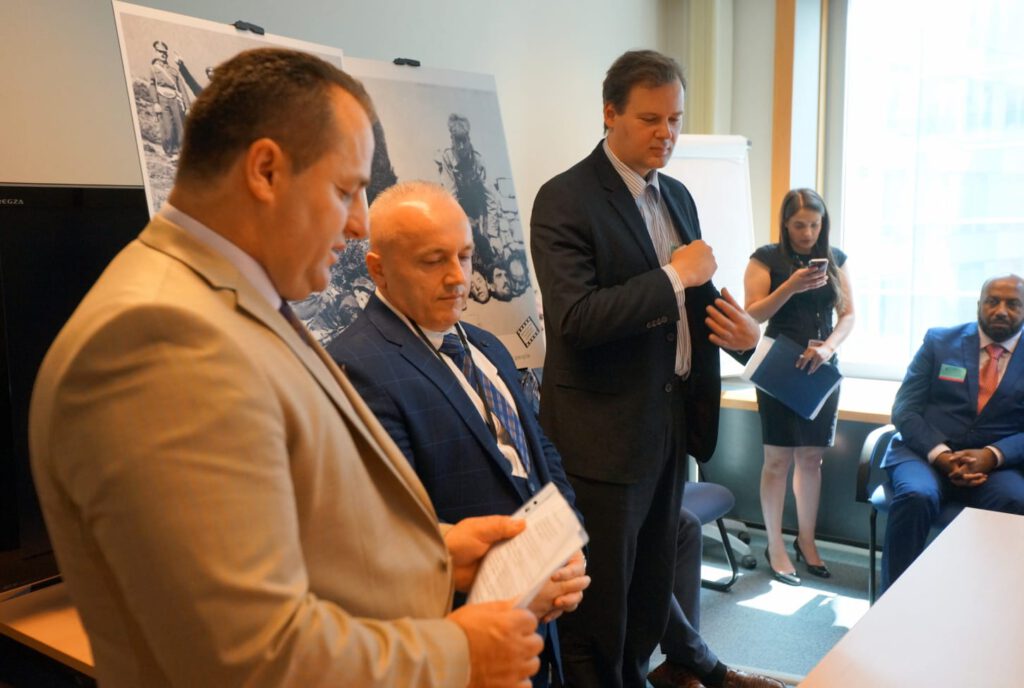
Due to its proximity to Albania the Greek government feared that pro-Albanian movements would try to make Chameria part of Albania. The Greek State therefore implemented a policy of intimidation and violence to pressure the Islamic part of the Cham-Albanian population to leave the region and move to Albania and Turkey, while the Orthodox Cham-Albanians were strongly pressured to assimilate into Greek culture. A significant number of Islamic Cham-Albanians were forcibly transferred to Turkey during the 1923 Greek-Turkish population exchange even though they were not Turkish. At that time the Greek government tried to forcibly move all the Muslim Cham from their Chamerian homeland to Turkey by claiming that the Cham, being Muslim, were in fact Turkish. However, due to the advocacy by Albanian pressure groups the international community did not go along with this position and the inclusion of the Muslim Chams in the population transfer agreement was removed. However, many Cham were already resettled in Turkey and stayed there. The property of the Cham that were moved to Turkey was alienated by the Greek government as part of the Turkish-Greek peace agreement.
The Greek government counted Islamic Cham as a minority. The Orthodox Cham were counted as Greeks and their language and Albanian heritage came under pressure of assimilation. From 1913 onward the Islamic Cham population steadily declined due to the expulsion and oppression by the Greek State. The census of 1932 counted 19-thousand Cham in Chameria. Under the Metaxas regime (1936-1940) the oppression became worse and Cham were arbitrarily arrested and they subsequently suffered from all forms of harassment. Furthermore, Albanian language books and newspapers were outlawed in an attempt to remove the Cham-Albanian culture and heritage from Chameria
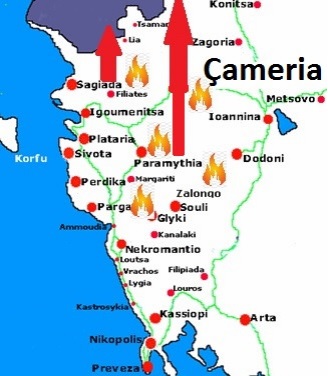
In World War Two, Italian and German forces invaded the region of Chameria and many battles raged inside the area. In the summer of 1944, Napoleon Servas, the leader of the right-wing organisation EDES (the National Republican Greek League) asked the Cham Albanians to join the organisation and drive out the German forces, but the community declined the request. EDES forces subsequently started their offensive, intent on driving out the occupying forces, as well as the Cham Albanian community. This advance led to a major refugee flow into Albania with several thousand Cham crossing the border in search of security. The EDES forces violently attacked Cham villages and several massacres took place that served as a warning to the entire Cham population that they could be next. The best known massacre is that of 27 June 1944 in the district of Paramythia when around 300 Cham, men, women and children, were killed. In response to these attacks, the Cham community organised its armed forces to resist those of EDES, but the Cham were quickly defeated. Those who were unable to flee were imprisoned, tried and executed. In February 1945, when it seemed that the right-wing EDES forces were losing against the left-wing ELAS forces, many of the refugees returned from Albania to settle in Chameria. However, the tide turned quickly and in March 1945 the right-wing EDES forces were victorious and out for revenge on the returned Cham population. Several massacres were carried out in March 1945, of which the biggest was in the town of Filiates where seventy Cham were killed. Furthermore, many of the villages were burned. These events saw the final exodus of the Cham from their homeland, Chameria.
With the end of World War Two and the inability of the Cham refugees to return to their homes, they established the ‘Anti-Fascist Committee of Cham Immigrants’ in Albania in order to find a solution for the refugees and have them be allowed to return to Chameria. The organisation tried to internationalise the issue by sending delegations to Greece and to various European countries. They were however not successful in putting the expulsion of the Cham community on the international political agenda. In the meantime the Albanian government resettled the Cham refugees in towns and cities in southern Albania. Greece enacted a special law in 1947 which took away the citizenship of all those who had fled from Chameria, which left the refugees stateless. In 1951 the Albanian government in turn forcibly gave Albanian citizenship to the Cham.
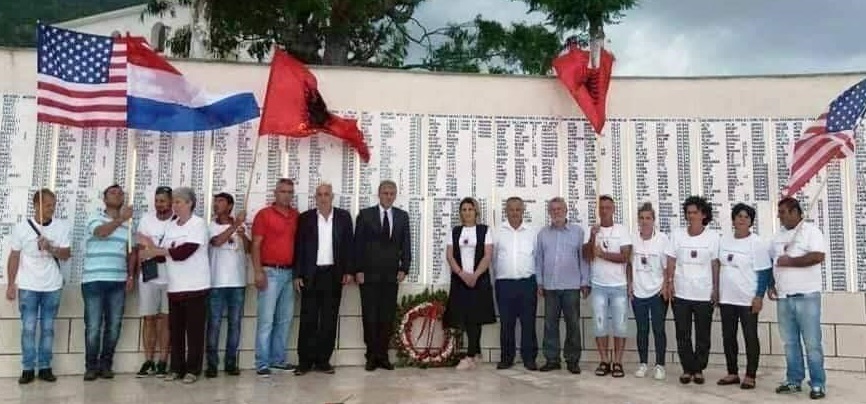
The Cham issue stayed silent for many decades due to the oppression by the isolationist and communist Albanian State and the Greek authoritarian regime. With the rise of democracy and the fall of communism in Albania, new activities to remedy the injustice committed against the Cham community were organised and the Cham issue came back onto the public stage. In 1994 the Albanian government declared 27 June ‘The Day of Greek Chauvinist Genocide Against the Albanians of Chameria’ and erected a monument with the names of the victims in the most southern Albanian city, Konispol. Since this time there have been many attempts to resolve the Cham issue. However, these have not led to a breakthrough in improving the livelihood of the Cham community. The Albanian and Greek political leaders continue to downplay and ignore the historical injustice committed against the Cham People which continues to place a heavy burden on the elders of the community and their children.

